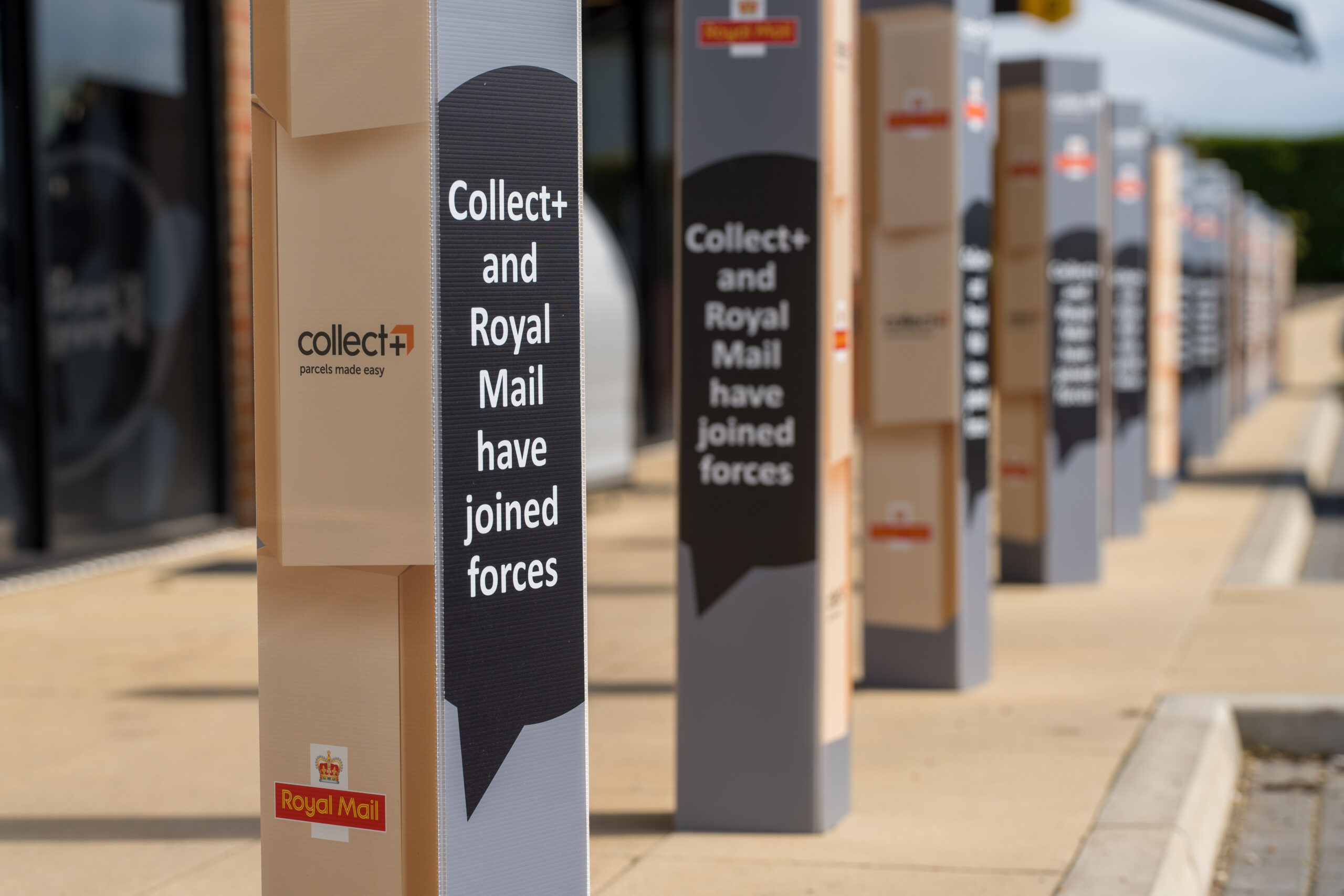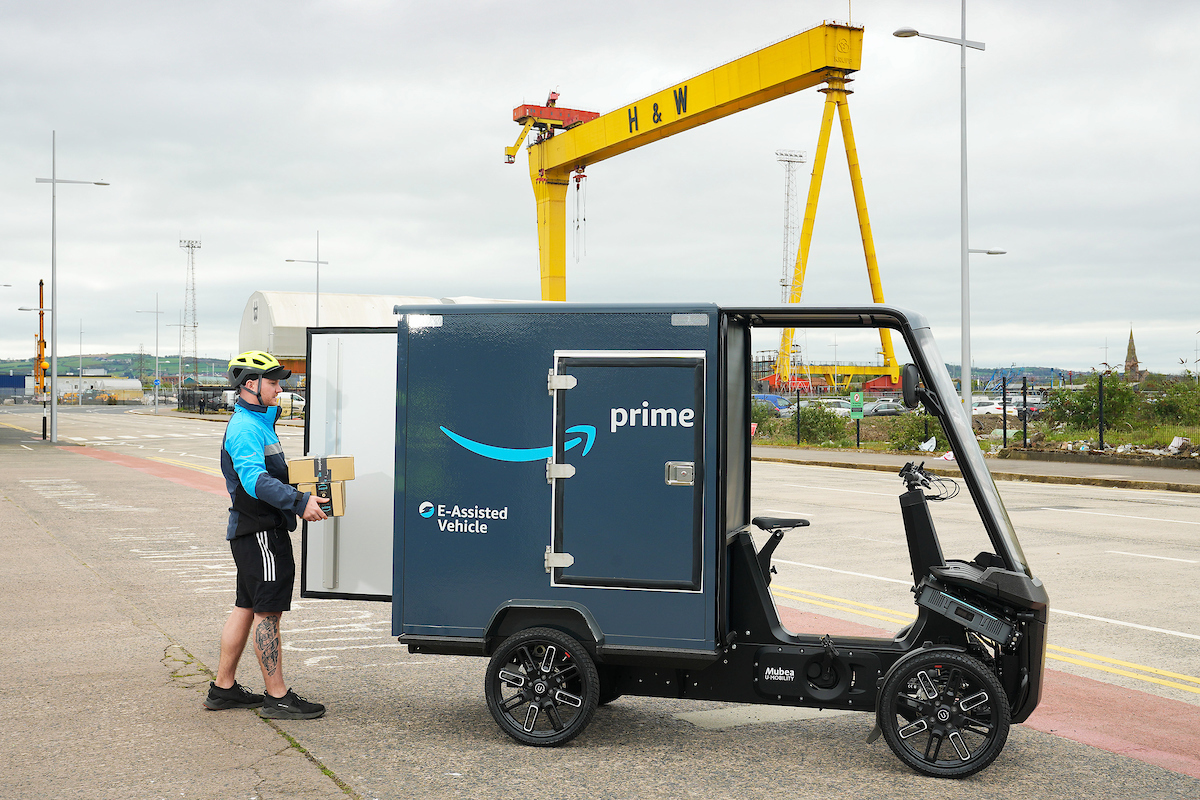Looking at multichannel retail performance across Europe there are three characterisations that struck Ian Jindal as significant: supranational brands and marketplaces, groups and network capability.
With this issue of the magazine we launch the 2016 IRUK Top500 – our second ranking of the top multichannel retailers in the UK. In parallel, we have been researching thousands of retailers across Europe for the June launch of the IREU Top500 (to be revealed at our first European Summit in Berlin). The early results of the research show that Europe is not just like 24 copies of the UK – some interesting relationships and trends have emerged.
In the IRUK index we see that it’s the department stores, multi-category retailers and grocers who largely dominate the upper ranks. However, as we zoom out to Europe we see a slightly different pattern emerging.
The first big change is that Amazon and eBay – both giants in the UK – assume colossal proportions across Europe. We are measuring c11,500 retail and brand websites in Europe, and across over 300 billion visits we found that 41% of those go to Amazon and eBay. This is a form of intellectual capital where the combination of products, price and service is available across Europe. In comparison, other retailers do not have such a footprint. We found only 20 retailers in our list who have a fascia in 10 or more countries. This means that national giants are being dwarfed by a supranational retailer and marketplace.
The other supranational players are brands – all of whom are working to become direct-to-consumer businesses as well as wholesale. While individually they are not of the scale of their main retail partners, when considered throughout Europe we see that their overall impact in the minds of the customer is much higher. Customers search more for brands, visit their sites disproportionately and seek them on marketplaces. While brand sites comprise about 9% of our IREU index, they drive 18% of the traffic (outside of marketplaces). When added to the level of marketplace search for brand names, it’s clear to see that as they mature they will be a challenge to established retailers.
A further challenge comes from marketplaces more generally. These are major aggregators of customers. In some countries they flourished due to a slow ecommerce adoption by retailers, but it’s clear that the range of products, service and specialism is attractive. With over 400 marketplaces in Europe we will find that they are a potent combination of expertise, branded products and service capability. Even as retailers use the marketplaces for customer acquisition, brand presence and off-price activities, they are frequently selling branded goods… further risking their position in the customers’ minds relative to brands.
The second trend has to do with the power of a retail group. While individual fascias may be country-specific, we’re seeing that major retail groups are increasingly able to deploy capable trading platforms, gain buying advantage and logistical capabilities that give the group retailers an advantage. We are interested to map the differences between a retailer expanding into new territories and a group with (different) retail fascias in multiple countries.
A final area of insight has been the importance of carriers and logistics partners. While we have many large retailers in our index, there are not many who can create a distribution network to rival national post offices and global logistics networks. A key capability it seems is the ability to tap into, flex and exploit these networks in order to service customers. In parallel, we’re seeing a growth in on-demand and SaaS solutions within the growth companies, indicating a possible shift to using infrastructure and platforms as services, rather than necessarily owning and developing them.
Together, our customer-centred view on Europe shows a battle to be front of mind with the customer (where they search, to be the product that’s sought); to be present where the customer spends their time and already aggregates; and to focus upon the use of larger infrastructures and services in order to serve larger markets. We have another 5 months of research and data collection, so let us know your views on how Europe differs from or resembles the UK – we look forward to sharing our perspectives in full in June.
You can see the IREU work in progress at www.internetretailing.net/ireu and advance information on the Berlin Summit is at www.internetretailingsummit.com





